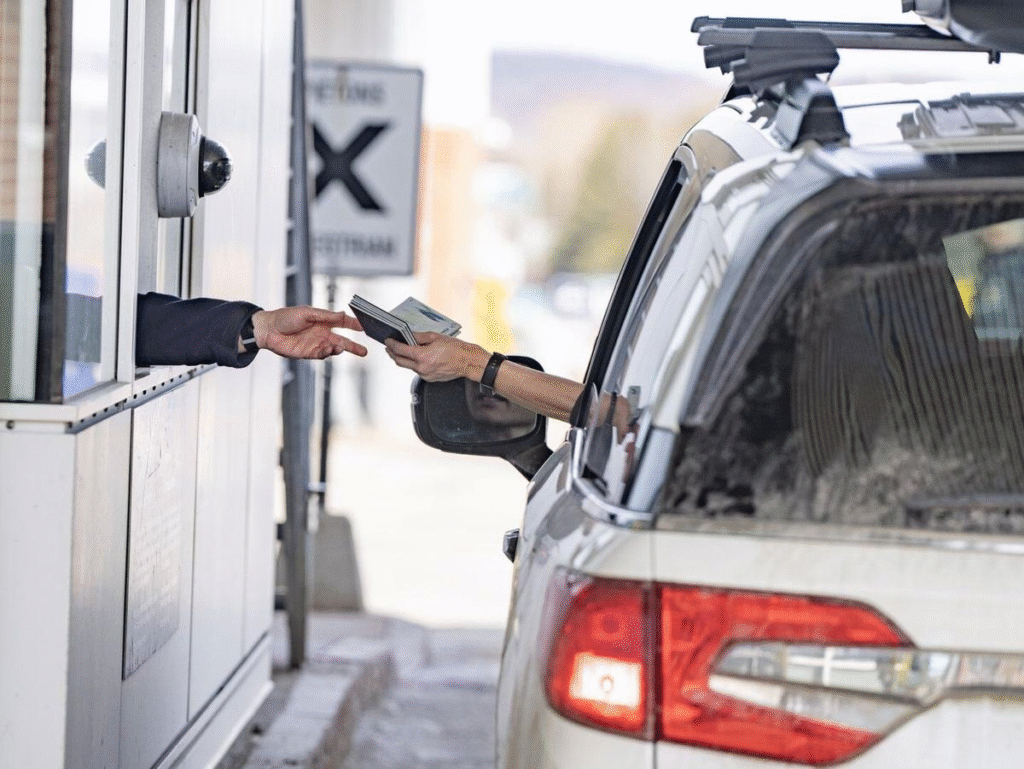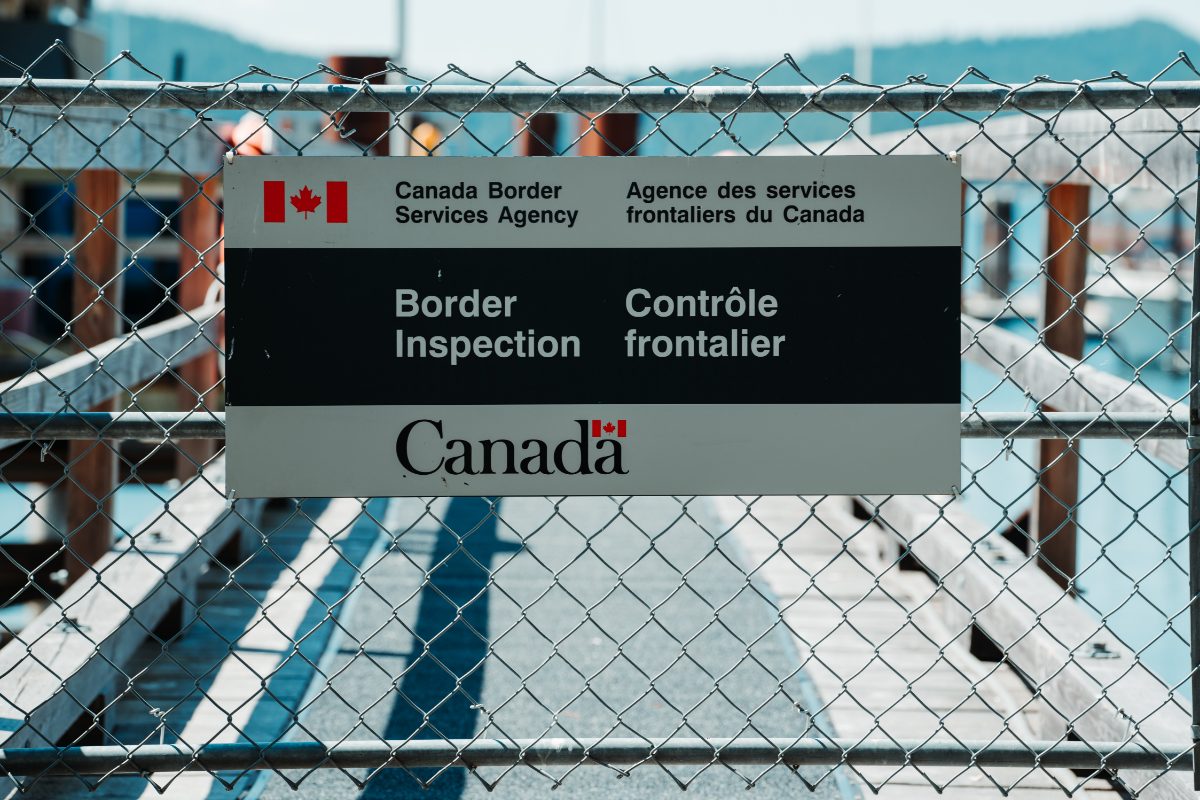Canada Introduces AI Border Screening for Travellers in 2025
AI Technology at Canada’s Borders
Travellers entering Canada in 2025 may now face AI-powered border screening at select land ports of entry (POEs).
The Canada Border Services Agency (CBSA) has introduced a new tool called the Travel Compliance Indicator (TCI) to support officers in screening individuals crossing into Canada.
Currently, the TCI is being tested at six undisclosed land border crossings.
This tool assigns each traveller a “compliance score,” helping officers determine whether a person—or the goods they bring—should be sent for secondary inspection.
The CBSA aims to expand the TCI to all land POEs by late 2027, with plans to implement it at airports and seaports shortly after.
The ultimate goal: improve efficiency, reduce wait times, and strengthen border security in Canada.
Click Here To Learn More About Open Work Permit for Spouses of International Students
Impact on Newcomers and Travellers
According to the CBSA, the TCI is intended to enhance the traveller experience by reducing border delays and minimising unnecessary checks caused by false positives (when someone is wrongly flagged despite complying with entry rules).
False referrals can significantly slow down processing and put extra pressure on CBSA resources.
By using predictive analytics built on five years of historical data, the TCI helps border officers identify low-risk travellers quickly, letting them pass through with fewer delays.
However, CBSA has admitted that AI errors are possible. An inaccurate recommendation could lead to longer-term issues for certain travellers.
Despite this, the agency insists that the system is only an advisory tool, and final decisions will always be made by human officers.
CBSA also highlighted that AI screening provides operational benefits that can’t be matched by simply hiring more border officers.

How Canada’s AI Screening System Works
The Travel Compliance Indicator (TCI) uses artificial intelligence and predictive modelling to generate a traveller’s compliance score.
Here’s how it works:
- Travel history from CBSA records
- Mode of transportation (car, plane, or ship)
- Whether travelling alone or with companions
- The type of identification presented
- Vehicle details, such as license plate numbers
The system compiles this data in real time and compares it against established compliance patterns to predict whether a traveller will likely follow Canada’s entry regulations.
The TCI does not make the final decision—it only flags patterns that may warrant closer inspection. Officers then decide whether to send the traveller for secondary screening.
Canada’s Border Modernisation Plan
The AI-based TCI system has been active at six pilot land POEs since 2023.
- Investment: Over $15 million
- Annual maintenance: Estimated at $700,000
This initiative is part of the CBSA’s border modernisation strategy, designed to:
- Strengthen national security
- Manage rising traveller volumes
- Reduce border wait times
- Improve efficiency without hiring large numbers of new staff
Final Thoughts
The introduction of the Travel Compliance Indicator (TCI) marks a major shift in how Canada manages border security.
By combining AI technology with human decision-making, the CBSA hopes to create a faster, more secure, and efficient entry process for travellers, students, and newcomers to Canada.
For anyone planning to visit or immigrate to Canada in 2025 and beyond, it’s important to be aware of these changes and understand how AI screening at the border may affect your entry.
